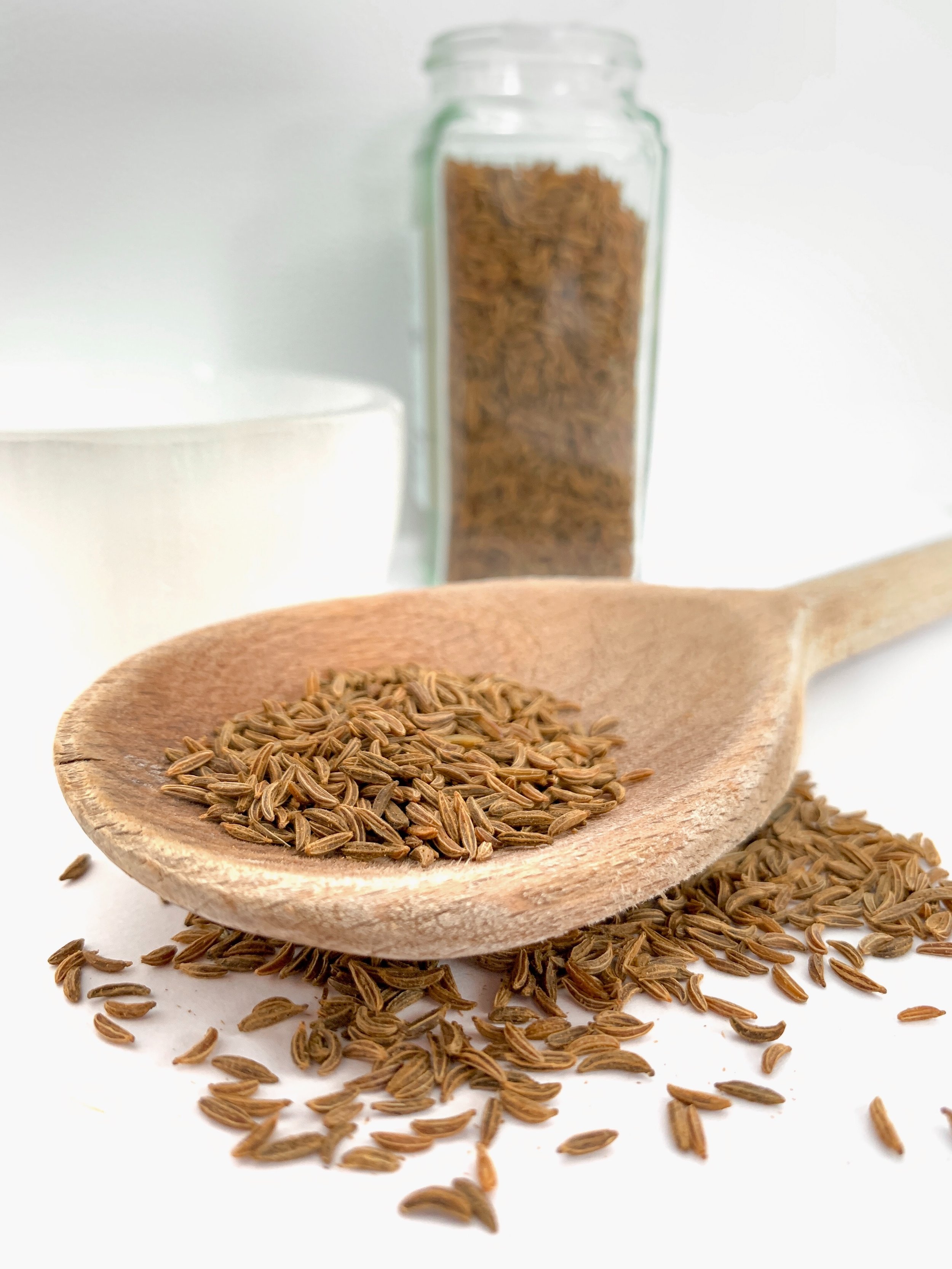
Caraway Seeds
Caraway seeds, also known as Meridian fennel and Persian cumin, have a long history of use in cooking and medicine. They come from a plant called Carum carvi, which is a member of the Apiaceae family, which also includes plants such as celery, parsley, and dill. The plant is a biennial, meaning it takes two years to complete its life cycle, and produces white or pink flowers and a fruit that contains two to five seeds. The seeds, which are gray or brown in color, have a distinct, pungent aroma and a warm, slightly bitter taste.
Caraway seeds have been used for centuries in many different cultures. They have been found in Egyptian tombs dating back to 3000 BCE, and were used by the ancient Greeks and Romans to flavor breads and cheeses. In medieval Europe, caraway seeds were believed to have many medicinal properties and were used to treat a wide range of ailments, including indigestion, respiratory problems, and even as a love potion.
Caraway seeds are still widely used today in many different cuisines. They are a key ingredient in traditional German, Scandinavian, and Eastern European dishes such as sauerkraut, goulash, and rye bread. They are also used to flavor cheeses, liqueurs, and other culinary delights such as Akvavit.
Caraway seeds can be used in a variety of ways in cooking. They can be used whole, crushed, or ground and added to dishes to impart their unique flavor and aroma. They are often used to flavor meats, soups, stews, and casseroles. They also go well with vegetables such as carrots, potatoes, and cabbage.
In addition to their culinary uses, caraway seeds are also believed to have many health benefits. They are a rich source of essential oils, minerals, and vitamins, and have been used for centuries in traditional medicine to treat a wide range of ailments. They are believed to have anti-inflammatory, antispasmodic, and carminative properties, making them useful for treating conditions such as indigestion, bloating, and gas.
In summary, caraway seeds have a long history of use in cooking and medicine. They come from a plant called Carum carvi, and have a distinct, pungent aroma and a warm, slightly bitter taste. They are used in many different cuisines and are believed to have many health benefits. They can be used in a variety of ways in cooking and are often used to flavor meats, soups, stews, and casseroles.
Here are a few dishes that go well with allspice:
Meat dishes: Allspice is a common ingredient in many traditional meat dishes, such as Jamaican jerk chicken and pork, as well as in marinades and rubs for beef, lamb, and other meats.
Soups and stews: Allspice can be used to add depth and warmth to soups and stews, such as lentil soup or beef stew.
Curries: Allspice is a popular spice in Caribbean and Creole curries, and can be used to add a unique, complex flavor to traditional Indian or Thai curries.
Baked goods: Allspice can be used in baking to add a warm, spicy flavor to cakes, cookies, and breads. It's a common ingredient in gingerbread, fruit cakes and pumpkin pie.
Pickling: Allspice is often used in pickling recipes for vegetables and fruits, such as pickled beets, cucumbers, and apples.
Drinks: Allspice can be used to add a warm, spicy flavor to hot drinks such as mulled wine and cider.
It's also important to note that Allspice pairs well with other spices and herbs like cinnamon, nutmeg, cloves, thyme, bay leaves, and ginger. Experimenting with different combinations of spices can help you find the perfect balance of flavors for your dishes.
